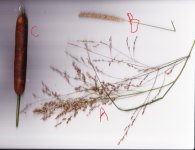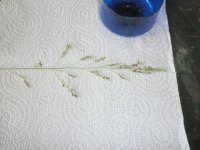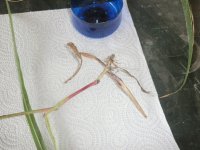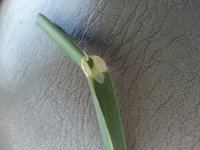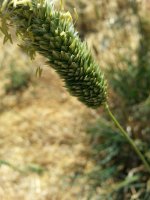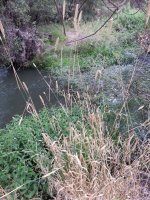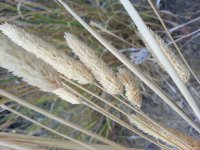zombicyckel
Armchair activist
Hi, its well about time for a grass/phalaris ID thread. Take pictures of wild plants and upload it here.
hopefully there will be members here who will have the knowledge to know if its the right species or not.
1: For your protection: right click image=>details=> click the blue text "remove propeties and personal information" => check the box remove the following properties from this file=> select all=> ok. Then your done(advice for more protection is welcomed).
2: Uploading the picture to this site not imageshack or some other. They might trace ip and trace it to here. Just a suggestion
3: how to upload here.
Step 1: create your post, check the box attach file. Post the post.
Step 2: see your posted post in the thread. You will now see a new button on your post that says attach photo. Then upload the pictures, it will create a list and the pictures is at the bottom of your post.
Extraction wise, there seems to be good development and good folk at the forum is working on how to extract the dmt, 5 meo, bufo. Maybe theres is a way seperating them, I dont know the specifics. But it seems its possible to eliminate hordenine and gramine from the final product atleast. Its still work in progress. DONT EVER INGEST OR SMOKE A CRUDE EXTRACT YOU DONT KNOW ANYTHING ABOUT TIL YOU KNOW THE ALKALOIDS IN IT, WAIT UNTIL THERE IS A GOOD TEK FOR A PATICULAR SPECIES. YOU CAN SERIOUSLY HURT YOURSELF
In the meanwhile we can try to ID these grasses in the wild. These local alternativs either bark or grass will be the only way so I will start with my find,
Could my pictures be Phragmites australis - Common Reed?
Phragmites - Wikipedia
Im gonna go to lakes to take pictures of what I think it might be to. but hopefully they are the same.
If somebody has info on what alkaoid % of each alkaloid I would love to have a look. From what it looks like this type have: N,N-DMT, 5-MeO-DMT, bufotenine and gramine.
So I start with the ones I think is phragmites:
The last one is the kind that grows in water to, seems to have smaller leafs, dont know if its the same species. But I know where to find. The last picture is not mine so sorry for bad picture.
hopefully there will be members here who will have the knowledge to know if its the right species or not.
1: For your protection: right click image=>details=> click the blue text "remove propeties and personal information" => check the box remove the following properties from this file=> select all=> ok. Then your done(advice for more protection is welcomed).
2: Uploading the picture to this site not imageshack or some other. They might trace ip and trace it to here. Just a suggestion
3: how to upload here.
Step 1: create your post, check the box attach file. Post the post.
Step 2: see your posted post in the thread. You will now see a new button on your post that says attach photo. Then upload the pictures, it will create a list and the pictures is at the bottom of your post.
Extraction wise, there seems to be good development and good folk at the forum is working on how to extract the dmt, 5 meo, bufo. Maybe theres is a way seperating them, I dont know the specifics. But it seems its possible to eliminate hordenine and gramine from the final product atleast. Its still work in progress. DONT EVER INGEST OR SMOKE A CRUDE EXTRACT YOU DONT KNOW ANYTHING ABOUT TIL YOU KNOW THE ALKALOIDS IN IT, WAIT UNTIL THERE IS A GOOD TEK FOR A PATICULAR SPECIES. YOU CAN SERIOUSLY HURT YOURSELF
In the meanwhile we can try to ID these grasses in the wild. These local alternativs either bark or grass will be the only way so I will start with my find,
Could my pictures be Phragmites australis - Common Reed?
Phragmites - Wikipedia
Im gonna go to lakes to take pictures of what I think it might be to. but hopefully they are the same.
If somebody has info on what alkaoid % of each alkaloid I would love to have a look. From what it looks like this type have: N,N-DMT, 5-MeO-DMT, bufotenine and gramine.
So I start with the ones I think is phragmites:
The last one is the kind that grows in water to, seems to have smaller leafs, dont know if its the same species. But I know where to find. The last picture is not mine so sorry for bad picture.

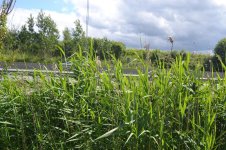

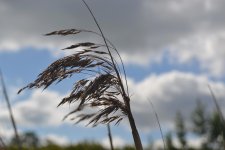



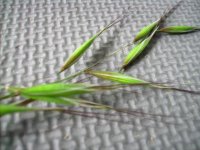
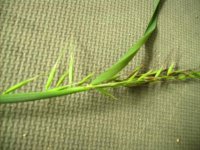
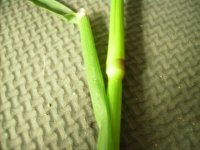
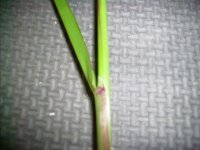
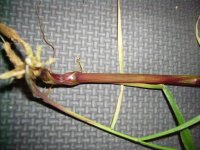

 In your photo I see a foxtail, something that looks like some sort of wild oat and a another two I would need to look up for determination. (grasses are really annoying to ID):lol: The one at the right might be a Phalaris species if you are really lucky. But I am everything but sure about this.
In your photo I see a foxtail, something that looks like some sort of wild oat and a another two I would need to look up for determination. (grasses are really annoying to ID):lol: The one at the right might be a Phalaris species if you are really lucky. But I am everything but sure about this. 

